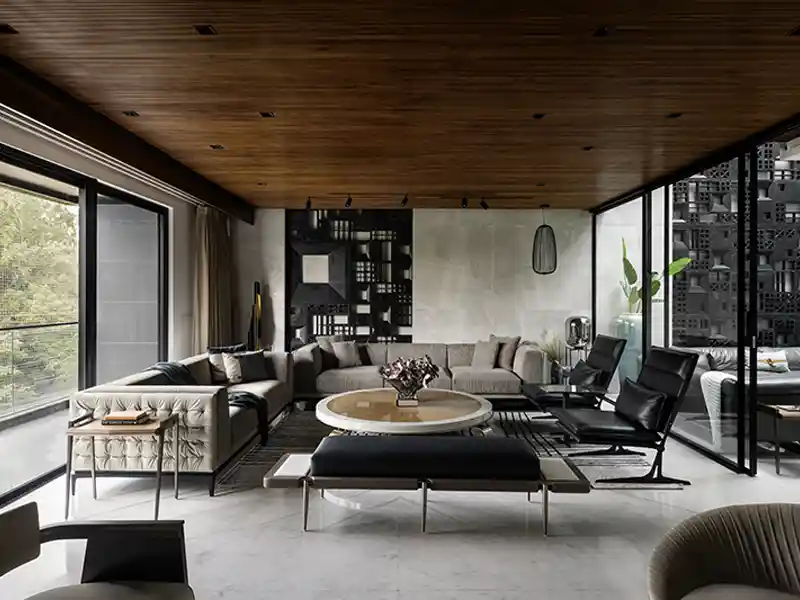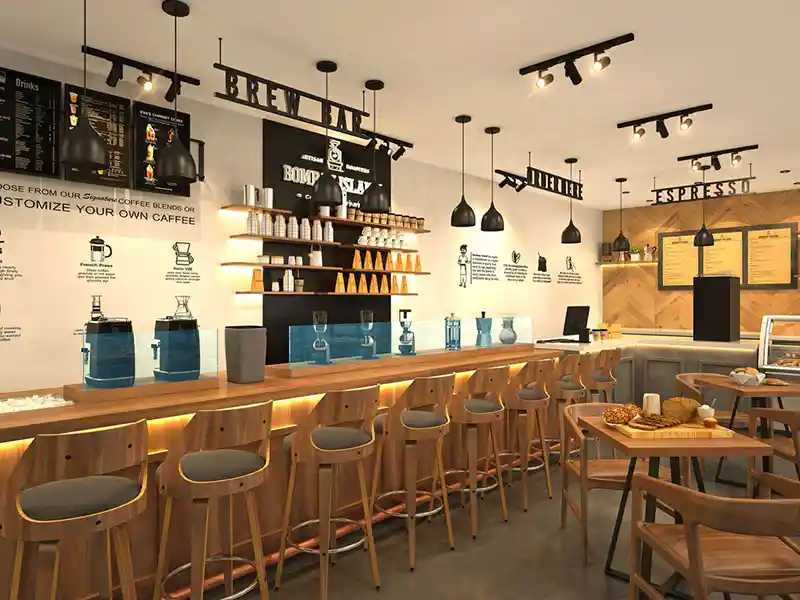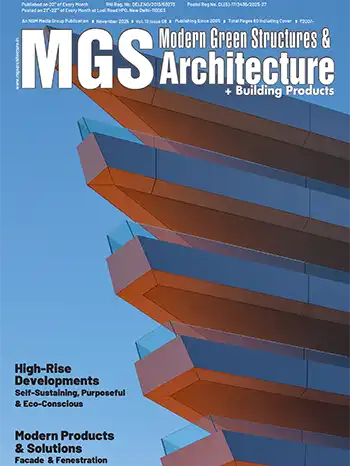The architects' aim was to create a centre of learning that embraces Nature - the very understanding and realization of enlightenment propagated by Gautam Buddha. In order to implement such a balance, a harmony of proportions was introduced in the conceptual planning of the site layout. The ratio and proportions of the image of the Buddha in meditation were considered to derive a rhythmically knitted pattern with strong connectivity, network and space organization for the master plan of the 500-acre university campus.

For the main campus entrance, they created a dense forest to act as a visual and sound buffer. This forest provides a stark difference in environment, as the tranquillity is a stark juxtaposition to the chaotic frenzy outside. The academic and faculty blocks are arranged along the Central Promenade Axis, which culminates at the feet of a magnificent statue of Buddha. A meditation centre, with its sombre domed form echoes the architectural symbolism of the stupa. It was designed to visually tie the earth with the sky when viewed in the horizon.
In a world that is rapidly developing into concrete jungles, this project is a bold statement in favour of saving and regenerating the natural beauty in the surroundings.
Ar. Dikshu Kukreja
Certain design features incorporated in the planning of the campus set it apart as a model for ecologically sensitive green development. This includes complete water recycling through creation of lakes and water bodies. Architectural elements like jaalis and chajjas reduce the heat intake in the building, thereby reducing electrical energy consumption.
Ingress of natural lighting and ventilation make the institute highly energy efficient. Local materials like stone save on building costs, and local craftsmen and masons have been engaged to create jaalis and other vernacular architectural elements. Extensive plantation and landscaping maintains the balance between built and unbuilt spaces.

















